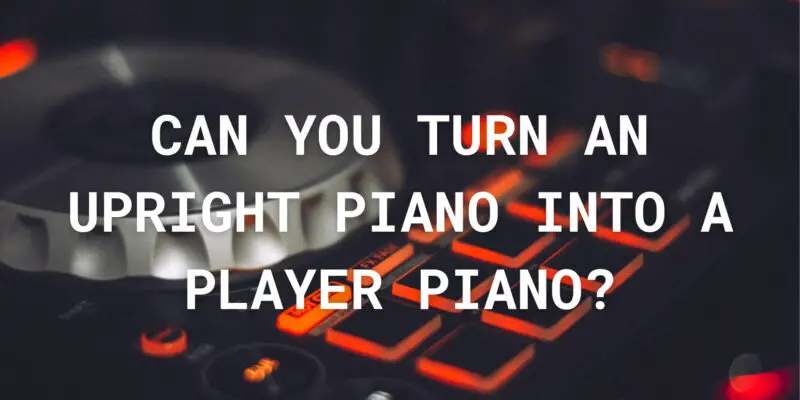Player pianos, with their ability to magically reproduce music without a pianist at the keys, have been enchanting music enthusiasts for generations. But what if you already own an upright piano and wish to experience the joys of a player piano without purchasing a new instrument? In this article, we will explore the possibility of converting an upright piano into a player piano and the considerations involved in this transformation.
Understanding Player Pianos
Player pianos, often referred to as pianolas or reproducing pianos, are pianos equipped with a mechanical system that can play music automatically. These systems use perforated paper rolls or more modern technologies to control the piano’s keys and pedals, creating the illusion of a pianist’s performance.
The Conversion Process
Converting an upright piano into a player piano is indeed possible, but it is a complex and specialized endeavor that requires skilled craftsmanship. Here are the key steps involved:
- Evaluation: The first step is to assess the condition of the upright piano. It must be in good structural condition and have a functioning soundboard and action mechanism. Any necessary repairs or restoration work should be performed before proceeding with the conversion.
- Player Piano Mechanism: The heart of the conversion is the installation of the player piano mechanism. This includes the player system, which may use paper rolls or digital technology, and the pneumatic devices that control the keys and pedals.
- Key and Pedal Connection: The player system must be integrated with the piano’s keys and pedals. This involves precise adjustments and modifications to ensure the player system can operate the piano effectively.
- Installation of Controls: A control unit or interface is typically added to the piano to allow users to select music, control playback, and make adjustments. For digital player systems, this often involves touchscreen technology.
- Restoration and Voicing: The piano may need further restoration and voicing to optimize its sound quality and performance capabilities. This step can significantly enhance the overall experience.
- Testing and Calibration: After the conversion is complete, thorough testing and calibration are necessary to ensure the player piano functions correctly and produces high-quality music.
Considerations and Challenges
Converting an upright piano into a player piano is a substantial undertaking and presents several considerations and challenges:
- Cost: The conversion process can be expensive, often comparable to the cost of purchasing a new player piano. It is crucial to weigh the costs against the benefits and consider the value of preserving a beloved piano.
- Space: Player piano mechanisms can add bulk to the piano, potentially affecting its placement within a room.
- Maintenance: Player pianos, like all mechanical systems, require regular maintenance and servicing to ensure they function correctly.
- Musical Repertoire: The availability of music rolls or digital content may influence your choice of player system.
Conclusion: A Musical Transformation
In conclusion, converting an upright piano into a player piano is a technically feasible endeavor that can breathe new life into an existing instrument. It allows you to experience the enchantment of a player piano without investing in a separate instrument. However, it’s essential to carefully evaluate the cost, space, and maintenance considerations before embarking on this transformation. When executed with precision and care, the conversion can result in a remarkable fusion of tradition and technology, offering the joys of automated music while preserving the essence of a cherished upright piano.


